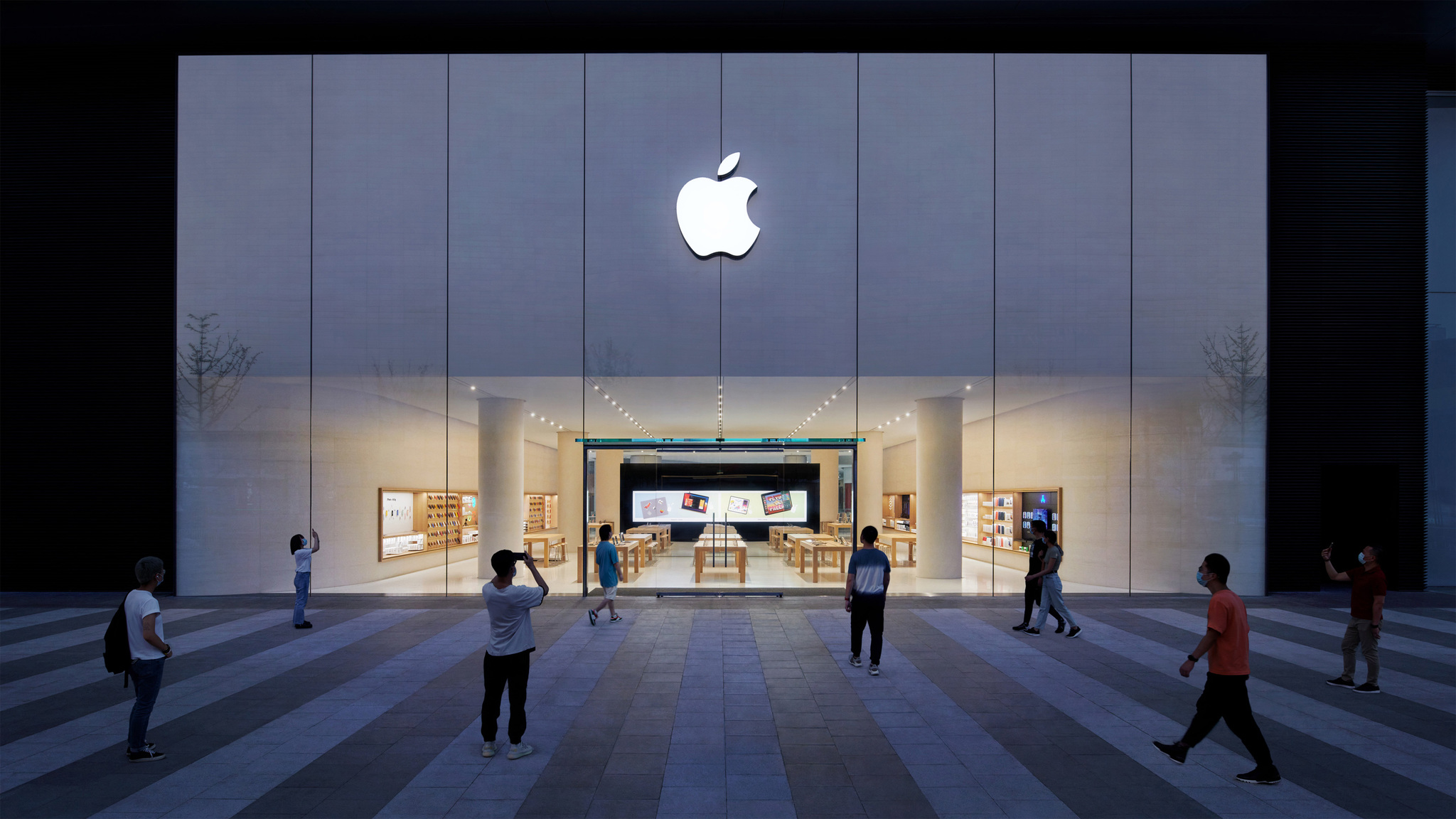Apple to beat and superheat next-gen iPhone, iPad, and Vision Pro devices in new Chinese lab, so you don’t have to
New testing facility to put Apple devices through their paces to ensure durability.

Apple wants to make sure your next iPhone, iPad, or Vision Pro headset is built to last and is looking to establish a new testing division to ensure it.
Ahead of the iPhone 16 launch, Apple is building out a new research lab in Shenzhen, China, in order to put its new products through extreme testing conditions before they hit the shelves.
According to a report from Shenzhen Daily, the lab will look to new materials and production techniques to find the perfect balance between ruggedized products and Apple’s signature premium design principles. From face-melting temperatures to rough-housing physical durability tests, it’s intended to make sure the next generation of iPhones, Vision Pro headsets, and tablets can stand up to the rigors of everyday use — on Venus, seemingly.
Location, location, location
The Shenzhen location won’t have been picked by chance — though Apple has in recent years expanded its production capabilites to territories including Vietnam and India, China remains its most important manufacturing territory. The new Shenzhen lab is strategically placed in a geographic area where materials from Apple’s key suppliers can easily be shipped and tested, before the company commits to using them in its consumer products.
Apple is investing more broadly in Chinese research facilities, with the company set to open accompanying development centers in Beijing, Shanghai,and Suzhou, to the tune of $138 million dollars.
Durability is important to Apple and its customers, not just in terms of ensuring products work effectively across their life spans, but to extend the length of time people are able to use their products in an age where consumer e-waste is a growing concern. Recycled and sustainable materials are increasingly used in Apple devices, and require innovative approaches to reclamation when compared to working with virgin materials.
Sturdy devices also help Apple avoid embarrassing headlines, and the company will be hoping this Shenzhen center will prevent any future bendgate situations.
iMore offers spot-on advice and guidance from our team of experts, with decades of Apple device experience to lean on. Learn more with iMore!
More from iMore
- iPhone 16 price prediction: Will it be more expensive than iPhone 15?
- iPhone 16 mini: Will a small handset enter the lineup this year?
- iPhone 16 Pro could get this great camera feature

Gerald Lynch is the Editor-in-Chief of iMore, keeping careful watch over the site's editorial output and commercial campaigns, ensuring iMore delivers the in-depth, accurate and timely Apple content its readership deservedly expects. You'll never see him without his iPad Pro, and he loves gaming sessions with his buddies via Apple Arcade on his iPhone 15 Pro, but don't expect him to play with you at home unless your Apple TV is hooked up to a 4K HDR screen and a 7.1 surround system.
Living in London in the UK, Gerald was previously Editor of Gizmodo UK, and Executive Editor of TechRadar, and has covered international trade shows including Apple's WWDC, MWC, CES and IFA. If it has an acronym and an app, he's probably been there, on the front lines reporting on the latest tech innovations. Gerald is also a contributing tech pundit for BBC Radio and has written for various other publications, including T3 magazine, GamesRadar, Space.com, Real Homes, MacFormat, music bible DIY, Tech Digest, TopTenReviews, Mirror.co.uk, Brandish, Kotaku, Shiny Shiny and Lifehacker. Gerald is also the author of 'Get Technology: Upgrade Your Future', published by Aurum Press, and also holds a Guinness world record on Tetris. For real.
